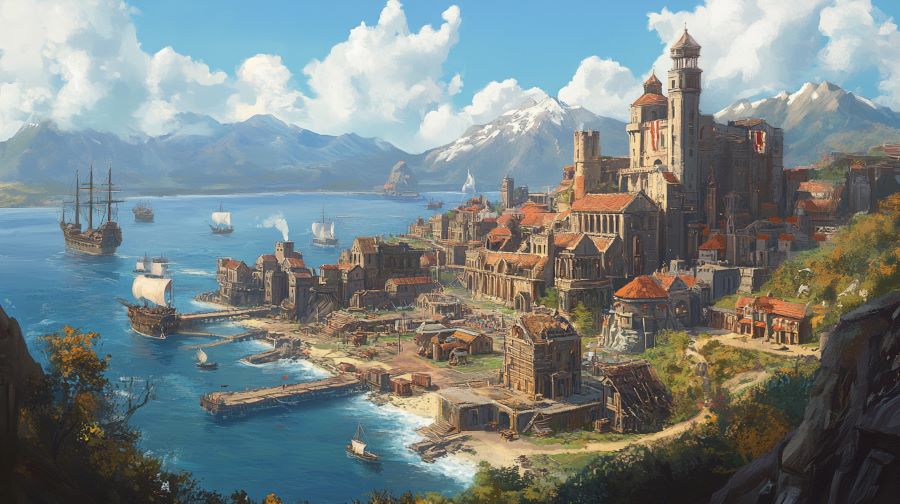Building Realistic Industries in Your Game World
Introduction
Hey there, fellow Game Masters! Ever notice how many settings focus on heroes and quests, yet overlook what keeps the world turning behind the scenes? Industries, trade routes, and markets shape the daily grind of ordinary folk. They are the hidden gears that drive your world’s progress. When you think about big players in our own world—like the top industry giants in real world—you can learn how to give your setting the same depth and purpose. Picture shipyards bustling with work, workshops humming with tools, and caravans hauling goods over long roads. Players can invest, haggle, and see how profit chases opportunity. With a few simple steps, you’ll make your setting feel alive, whether it has magic or just plain grit. Ready to get started? Let’s look at some tips.
1. Study real-world data:
Look at real-world data to guide your planning. For example, look at the biggest manufatrung companies in europe today . See where they get raw materials, how they employ workers, and how they sell their goods.Use these patterns to give your world’s industries structure that feels real and tested.
2. Consider resources and geography:
Place industries near what they need. If a region has rich iron deposits, that’s where you’ll find smiths and foundries. If there’s fertile land, expect mills and breweries. Lay out resources in a way that encourages natural trade routes and makes sense to your players.
3. Focus on profit and demand:
People produce goods for a reason: to earn coin. Traders go where they can sell at a higher price. Workshops appear where there’s a ready market. Keep this simple law in mind, and your world’s economy will stay believable.
4. Decide on tools and magic (if any):
If you’re running a low-tech setting, stick to hand tools and basic mills. If you allow magic, think about small, subtle boosts—like a spell to keep crops fresh or to make a press run smoother. Keep it fitting to your world’s rules, but don’t be shy about adding a twist if it suits your style.
5. Allow change over time:
Industries rise and fall as new trade routes open, old mines run dry, or rival merchants move in. Let these shifts happen as your game unfolds. It keeps the world dynamic and offers fresh hooks for adventure, drama, and intrigue.
Conclusion
By looking at real examples and focusing on profit, you can give your world an economy that feels real. Your players will not just pass through towns—they’ll take part in the trade and growth that keeps the world turning. It’s a simple step that makes every deal and journey feel more meaningful. Go ahead—build industries that matter. Your world will never feel hollow again.



